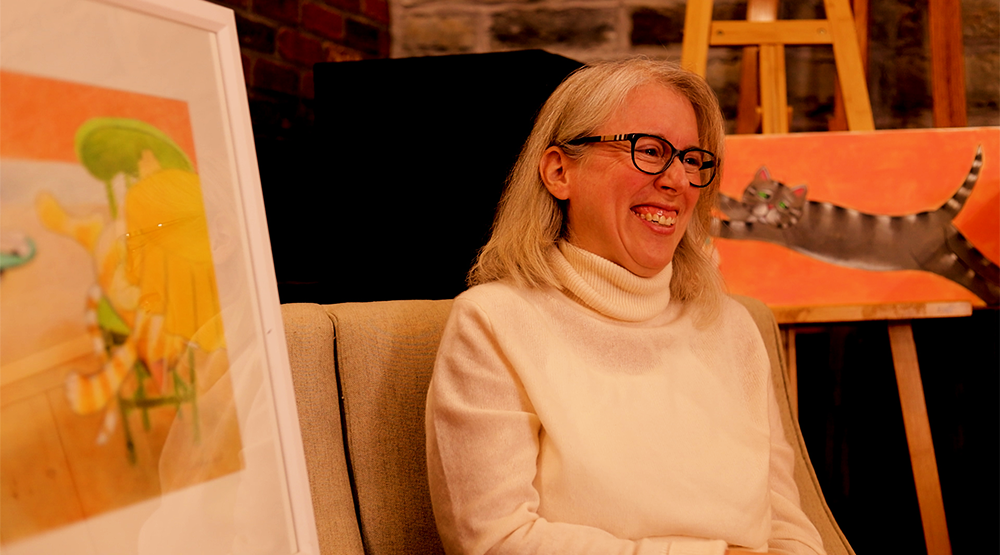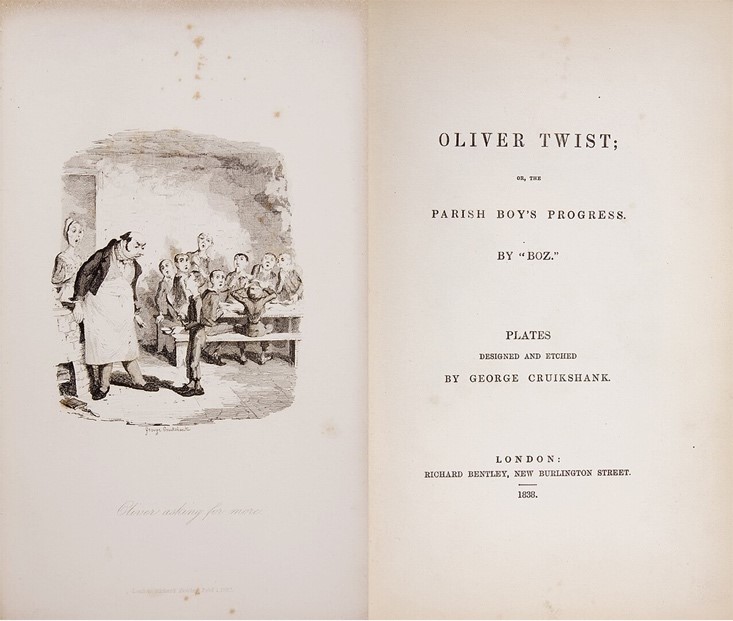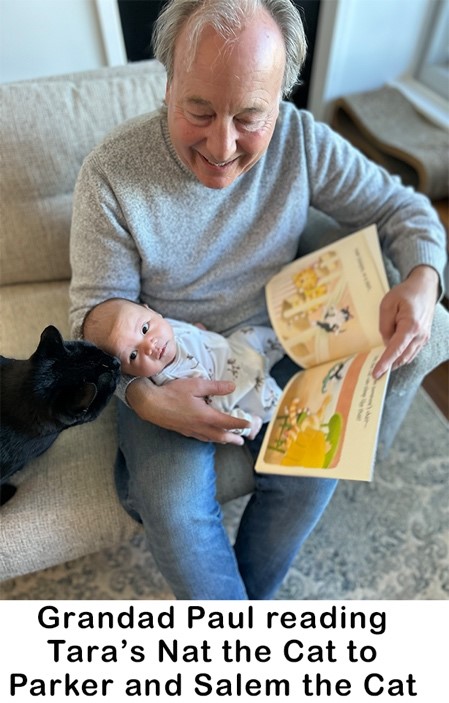‘In Conversation with Artists’: Tara Anderson, Children’s Book Illustrator
The Tweed & Area Arts Council (T&AAC) is pleased to announce the third artist in the series ‘In Conversation with Artists’.
Every few months the work of a featured artist is displayed in various venues throughout the village of Tweed. The artist and venues are announced on the T&AAC website, social media (Facebook and Instagram) and in The Tweed News. At each venue a poster with a QR code will take the viewer to the T&AAC website where you can find a short story (like this one!) and link to a video of the artist in conversation about their work and inspiration on T&AAC’s YouTube channel . Our featured artist for February – March, 2025 is Tara Anderson, a local children’s book illustrator. A selection of Tara’s work is on currently display in the meeting room at the Tweed Public Library.

The following is a recent article about the process of illustration by Paul Kite.
You can hear more from Tara in the video interview, and more about her towards the end of Paul’s article.
The Art and Science of Illustrating Children’s Picture Books
Children’s Books – Some Metrics
Children love books. They are a critical tool in their development. And a joyful, rewarding time for parent and child. The format and content of children’s books ranges from simple explicit concepts for younger children such as a picture of an elephant with the text stating it is an elephant to more imaginary concepts for older readers where the ratio of imagery to text is reduced relying on the reader to create the image. Technology is also playing a growing role with the rise of augmented reality and audio books for children. And it is big business: In 2023, 3.4 billion dollars was spent on children’s books, an increase of nearly 2% over 2022. And of this amount 670 million dollars was attributed to “interactive” books. And one last statistic, the largest share of the sales were books targeted for children between the ages of 5 and 8. (Ok, one more statistic, children don’t buy books, parents do, and women purchase 70% of all children’s books.)
The largest market is North America, followed by China, and then the rest of Asia, Latin America, and Europe. And with the growing trend of technology being incorporated into how we consume books, access to the internet will help drive this number up especially in North America; 82 million children under the age of 18 have one the highest access rates to the internet and computers at 90%. All these metrics are interesting, but a visit to your local bookstore, library, and most any child’s bedroom would tell you the same thing: there are a lot of children books out there.
One of the most critical aspects to children’s books are illustrations. The depiction of characters and scenes are essential to younger readers (and listeners) to help them understand concepts compared to the older child. The art and science of Illustrations for children’s books has evolved, adapting to new subject matter, culture, and technology. Today, we will explore a little bit of history, trends, and how illustrations are created for children’s books, including some input from one of Tweed’s own award-winning illustrators, Tara Anderson.
Children’s Books – Some History
The earliest illustrator of children’s books was the Englishman George Cruickshank (1792-1878). Early in his career he was best known as a satirist, but later became an illustrator of children’s books through his long friendship with Charles Dickens. He provided illustrations for Dickens books and for the first English translations of Grimms’ Fairy Tales in 1823. Another famous English writer and illustrator was Beatrix Potter (1866-1943). She was a scientist whose love for nature inspired her famous line of Peter Rabbit books. Maurice Sendak (1928-2012) wrote and illustrated 150 books including Where the Wild Things Are. And of course, this small list of famous children book writers and illustrators must include Theodor Seuss Geisel, aka Dr. Seuss (1904-1991) the creator of over 60 books that have captured the imagination of the child in all of us.

Today writers and illustrators for children’s books number in the thousands, enabled by the self-publishing book industry which accounts for nearly 75% of all new titles on the market. Although there are thousands of new books created each year only 10% of these generate sales greater than 100 books. The success of a children’s book is dependent upon several factors including marketing, but critically the quality of the story and the illustrations that help visualize that story.
Illustrations for children’s books have dramatically changed over the years but there are some basic principles that all successful books follow. Children, especially younger children, respond to colourful and imaginative imagery that help propel the visual story telling. Illustrators typically settle on a fixed palette of colours suitable for their characters to create a repetitive cohesive visual story. They will use one or more visual cues like red boots, or a pink hair tie, throughout the story to help lead the reader to the main characters on each page. Like a mystery writer ending a chapter with some suspenseful event to get you to turn the page an illustrator will place an image on the right-hand side to encourage the reader to turn the page. Negative, white, space is critical to the design allowing room for the most important visuals and text. Attention to texture provided by brushstrokes or even textiles are all important to telling the story and creating an identity for the characters.
Tara Anderson
On the surface the artwork may look simple but the science of drawing the viewer in and creating a flow to the next page is similar to what a professional fine artist does to capture the viewer and draw them in to the critical elements of their work. The illustrator works within a process with the publisher to ensure the visuals match and elevate the story and fits into the proposed design of the book. To help us understand this process I spoke with Tara Anderson who has been illustrating children’s books for many years and lives here in Tweed.

Tara has illustrated over 15 books including several collections that have received awards and found their way into libraries of schools across North America. She says the process starts with a publisher providing a manuscript or outline for a new book which she will provide some loose sketches and sample drawings to “audition” for the job. Once she has been selected, she immerses herself in the story and the process of drawing each day in her studio creating many variations of the scenes and of course the characters. You might think that Tara works closely with an author, but she says her collaboration is almost exclusively with the publisher. It is the publisher that has the overall vision and marketing strategy that Tara will work with to bring to life the imagery to tell the story. This collaboration is key to the final visual storytelling and will play a vital role in selling the book and getting positive reviews from the organizations that the public and more importantly the education communities solicit when they are searching for new titles to bring into the classroom.
Tara’s books have had a great deal of success due in large part to receiving positive reviews and recommendations from groups like Publisher’s Weekly, Kirkus, and the School Library Journal. Tara says she is a traditionalist when it comes to her artwork for the books. She eschews the trend to digital tools for creating art, working principally with pencil crayons and paint. She acknowledges that a growing number of illustrators are using digital tools exclusively or in some hybrid method and it does speed up the process for production as the digitization phase is simplified. But Tara feels it is important to maintain the ability to add texture to her work which she feels is missing when using digital tools; although she does accept that this means having to work faster to keep up with the demands of the publisher’s desire to get to market quicker. The digital age is here, and it is having an impact on the children’s book market including how books are created, published, marketed, and consumed.
Tara’s most recent illustration project is ‘Wait Like a Seed’. Erin Alladin and Tara Anderson received a wonderful review from Kirkus Reviews! They say, “Of the many titles available on milkweeds and monarchs, this is one of the most accessible for youngsters reading on their own.” This “useful and enlightening” new picture book is floating onto bookshelves in April 2025 from Pajama Press!

Last year 20% of all children’s books purchased were interactive. This includes everything from searching for items, including physical items, popup figures, and a growing digital class of augmented reality books. Using a smartphone or tablet, the reader can point the device at figures in the book and a three-dimensional version will appear on the device. The child can move the device to see around the object and even touch the screen to make the object move. And there is a growing list of themes to reflect our shifting values in society concerning the environment, multilingual books, social justice, science and technology (even for infants), mental health, and adding more diverse cultures and greater inclusion reflecting the realities of a multi-cultural society. There will always be a demand for books printed on paper especially for those under 8 or 10 years of age, but with children having access to digital devices at an increasingly young age the share of printed books to e-books is expected to shrink. But don’t despair there are still thousands of hard copy books available to read to your child or grandchild because even technology can’t replace the magic of reading to a child.

